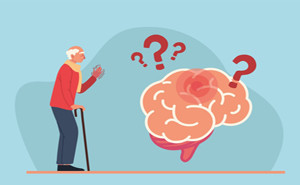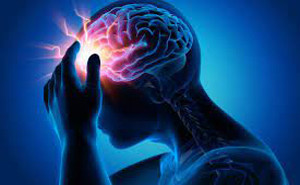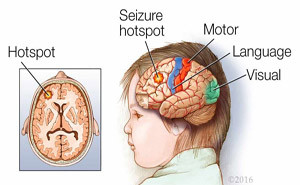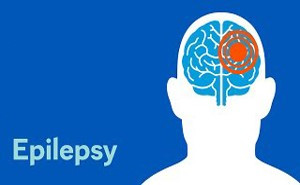Neurologic-disorders
Take Home Messages:
Authors propose a new conceptual
model for PD pathogenesis, in which disease-associated factors are divided into
three categories: triggers, facilitators, and aggravators.
Triggers are agents or events that begin the disease process; these
factors are necessary but insufficient for PD to develop.
Facilitators ar...
Migraine as a primary headache
disorder with substantial pain is included in the 20 most disabling diseases
according to the World Health Organization.Lifestyle management, acute
treatment, and preventive treatment are three approaches to treat migraine.
Prophylactic therapy for migraine is recommended in patients with four or more
attacks per...
Restless legs syndrome (RLS) is a
condition characterized by discomfort at rest and urge to move focused on the
legs. RLS may occur as an idiopathic, often hereditary condition (primary RLS),
or in association with medical conditions (secondary RLS) including iron
deficiency, uremia, and polyneuropathy. Current understanding of the
pathophysio...
TAKE-HOME MESSAGE
A systematic review of the literature published
between January 1991 and March 2020 was used to update the 1996 American
Academy of Neurology practice parameter that provided considerations for
discontinuing antiseizure medications in affected patients.
The authors of this update developed 14
reco...
Diabetes, a silent killer, is a
leading cause of neuropathy. Around 50% of diabetic patients develop peripheral
neuropathy in 25 years. Painful diabetic neuropathy manifests as burning,
excruciating, stabbing or intractable type of pain or presents with tingling or
numbness. The pathophysiology of this
condition is due to primarily metabolic a...
This is a summary of the American
Academy of Neurology (AAN) and Child Neurology Society (CNS) evidence-based
guideline reviewing all available evidence on the assessment of the child with
status epilepticus (SE). Status epilepticus (SE) is a
medical condition characterized by repeated epileptic seizures without complete
recovery between seizu...
This is a summary of the American
Academy of Neurology (AAN) and American Epilepsy Society (AES).For an adult with a first
seizure, the risk of a recurrence poses major concerns and raises the question
of whether immediate Anti-epileptic Drug (AED) treatment is advisable.Risk of Seizure RecurrenceQ1: For the adult who presents with an unprovoked...
Woman successfully treated for
depression with electrical brain implant.Deep brain stimulation is a
promising treatment for neuropsychiatric conditions such as major depression.
It could be optimized by identifying neural biomarkers that trigger therapy
selectively when symptom severity is elevated. An electrical implant that sits in the skull...
What is restless legs
syndrome?Restless legs syndrome (RLS),
also called Willis-Ekbom Disease is a common neurological condition, causes
unpleasant or uncomfortable sensations in the legs and an irresistible urge to
move them.
RLS is classified as a sleep
disorder since the symptoms are triggered by resting and attempting to sleep,
a...










